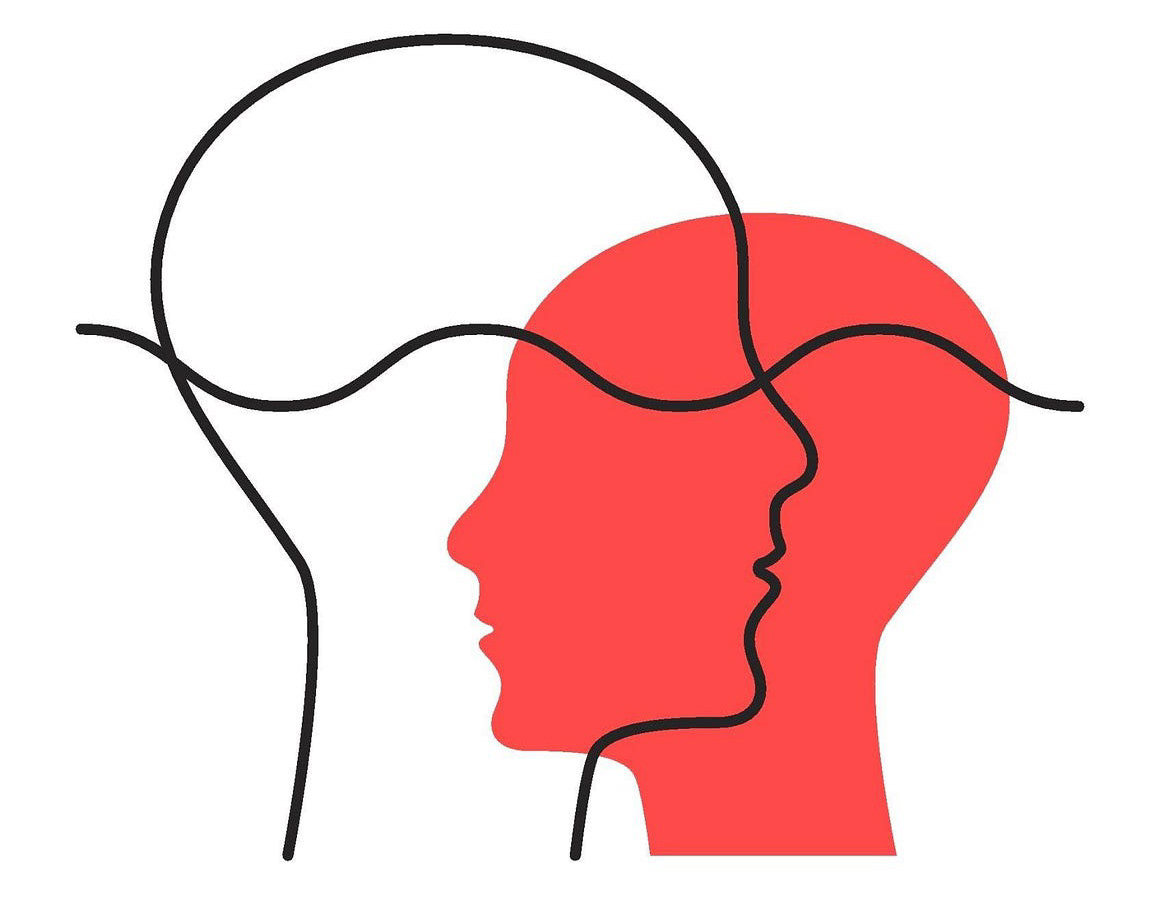When we think of Google, we envision a search engine that has become an integral part of our digital lives. Behind this phenomenal success lies an intricate journey of user experience (UX) evolution, marked by both failures and triumphs. As a passionate UX researcher, I am excited to delve into the details of Google's UX transformation, incorporating a mix of facts, data, and examples that have shaped its path to success.
1. Early Days - The Magic of Simplicity and Speed
Google's initial triumph can be attributed to its focus on simplicity and speed. Its clean and minimalist search page captured the essence of user-centered design. Did you know that in 1998, Google's homepage contained only a logo, a search bar, and a "Google Search" button? This minimalist approach revolutionized the search engine industry, delivering lightning-fast results that users loved.
Example: A Stanford University study found that users overwhelmingly preferred Google's uncluttered interface over competitors' more complicated designs. The result? A seamless and efficient search experience that set the benchmark for user-centric design.
2. Introduction of New Services - The Fragmented Experience
As Google expanded its services, it faced a significant challenge: maintaining a consistent user experience across various products. The introduction of Gmail, Google Maps, and others led to fragmentation and usability issues.
Example: Users transitioning from Google's clean search page to the feature-rich Gmail encountered confusion due to varying designs and navigation patterns. This led to an increase in support queries and a decrease in user satisfaction.
3. Shift to Mobile - The Responsive Design Revolution
With the advent of mobile devices, Google confronted the need for a responsive design that catered to diverse screen sizes. Initially, the lack of responsiveness posed challenges in mobile usability.
Example: Google's mobile search faced criticism for slow loading times and unoptimized layouts. A study by Akamai revealed that a one-second delay in page load time can lead to a 7% reduction in conversion rates. Google's team knew they needed to act swiftly.
4. Google+ - Learning from Failure
One of Google's most notable failures was the attempt to challenge social networking giants with Google+. Despite its vast resources, Google+ struggled to engage users and lacked the cohesive experience that competitors offered.
Example: Google+ required users to classify their connections into "Circles," a feature that confused users and was not well-received. The platform's complexity led to low user retention and a swift decline in active users.
5. Material Design - Unifying the Experience
The breakthrough moment came in 2014 when Google introduced Material Design. This unified design language focused on providing a consistent, visually appealing, and intuitive experience across its products.
Example: With Material Design, Google achieved a visual consistency that resonated with users across various devices. The use of elevation, animations, and responsive components brought a sense of depth and realism, enhancing user engagement and satisfaction.
6. Accessibility - Empowering All Users
Google's commitment to accessibility is evident in its efforts to make its products usable by everyone, regardless of their abilities.
Example: By implementing keyboard navigation, screen reader support, and high contrast options, Google improved the accessibility of its products. Voice search and assistant features empowered users with physical impairments to interact seamlessly with Google's services.
7. User Research and Testing - Data-Driven Iteration
A key aspect of Google's success lies in its data-driven approach to UX research and testing.
Example: Through usability testing, Google identified that users struggled to find relevant settings in Google Maps. As a result, they revamped the settings menu, leading to a 32% increase in user satisfaction, according to a survey conducted by Nielsen Norman Group.
8. Addressing Privacy Concerns - Building Trust
As Google expanded its services and user base, it faced increasing scrutiny over data privacy and user tracking. Privacy concerns became a significant challenge that required transparent and user-centric solutions.
Example: Google introduced the "My Account" feature, giving users easy access to their privacy settings, data controls, and ad preferences. This level of transparency empowered users to make informed decisions about their data, fostering a sense of trust and control over their online experiences.
9. A/B Testing and Iterative Refinements - Data-Driven Excellence
A pivotal aspect of Google's UX success is its commitment to continuous improvement through A/B testing and iterative refinements. By rigorously testing different design variations, Google hones in on the most effective and user-friendly solutions.
Example: When redesigning the Google Search results page, Google conducted A/B tests on multiple design elements, including the placement of search filters and the visibility of ads. Based on user behavior and feedback, Google refined the design to deliver the optimal user experience, resulting in increased user engagement and satisfaction.
10. Understanding the Global Audience - Localization and Personalization
As Google expanded its reach worldwide, it encountered diverse cultural and linguistic landscapes. Understanding the importance of catering to a global audience, Google invested in localization and personalization efforts.
Example: Google's Search engine not only provides results in multiple languages but also considers the user's location and preferences to deliver relevant and personalized content. This localization and personalization approach fostered deeper connections with users from different regions and backgrounds.
11. Voice Search and Smart Devices - Embracing the Future
Google's UX evolution continued with the rise of voice search and smart devices. By embracing this new technology, Google sought to create a more natural and seamless user experience.
Example: With the introduction of Google Assistant and voice search capabilities, users could perform tasks hands-free and engage with technology in a more conversational manner. This innovative approach improved accessibility and efficiency, aligning with Google's commitment to staying at the forefront of user-centric technology.
12. UX and Business Alignment - The Recipe for Success
Throughout its journey, Google demonstrated the value of aligning UX with business goals. By ensuring that user needs and business objectives were in harmony, Google achieved sustained success in the highly competitive tech industry.
Example: When Google revamped its advertising platform, AdWords, they focused on enhancing the advertiser experience while maintaining a balance with user experience. By delivering more relevant ads and improving targeting options, Google increased advertiser engagement and revenue, while ensuring minimal disruption to user experiences.
Conclusion
Google's UX evolution has been a multifaceted journey, marked by perseverance, data-driven decisions, and a profound understanding of user needs. From the early days of simplicity and speed to the embrace of responsive design, Material Design, accessibility, and voice search, Google has remained committed to delivering an exceptional user experience.
By addressing privacy concerns, conducting A/B testing, embracing global localization, and aligning UX with business objectives, Google has not only overcome challenges but has also set new standards for user-centric design in the digital landscape.
As UX researchers and designers, we can draw inspiration from Google's evolution and strive for innovation, inclusivity, and continuous improvement in our own projects. Let us celebrate the successes, learn from the failures, and embrace the ever-changing nature of user experience.
In a rapidly evolving digital world, Google's UX journey serves as a guiding light, reminding us to put users at the heart of our designs and to craft experiences that leave a positive and lasting impact on users' lives. Together, let's embark on a path of creativity and empathy, creating meaningful experiences that enrich and empower users across the globe. The future of UX is bright, and as trailblazers in the field, we have the power to shape it for the better.






